Miguel Oliveira: ‘Every Day Is a Victory’ – The Story of Perseverance and Effort in the Recovery Process at the Gym After Injury
In the high-octane world of MotoGP, where speed, precision, and mental toughness define success, injury can be a devastating detour. For Portuguese rider Miguel Oliveira, injury has become a battleground—not just of physical endurance but of inner resilience. His recent journey through the recovery process has become a compelling story of determination and discipline. As Oliveira himself puts it, “Every day is a victory,” especially when that day is spent grinding in the gym, rebuilding both body and spirit.
The Crash That Changed Everything
MotoGP riders are no strangers to crashes. It’s part of the sport’s brutal reality. But when Miguel Oliveira suffered a significant injury that affected his shoulder and upper body during the early 2024 season, it marked a serious disruption in his racing momentum. Riding for Trackhouse Racing Aprilia (formerly RNF Aprilia), Oliveira had shown flashes of brilliance, but the injury sidelined him at a crucial point in the season.
Despite the frustration, Oliveira responded not with defeat, but with laser-focused intent. His Instagram and team updates began to highlight his unwavering attitude. He turned to the gym—not as a routine, but as a ritual of recovery. That’s where the phrase “Every day is a victory” was born. It wasn’t just about physical milestones, but about winning the mental battles of patience, persistence, and pain.
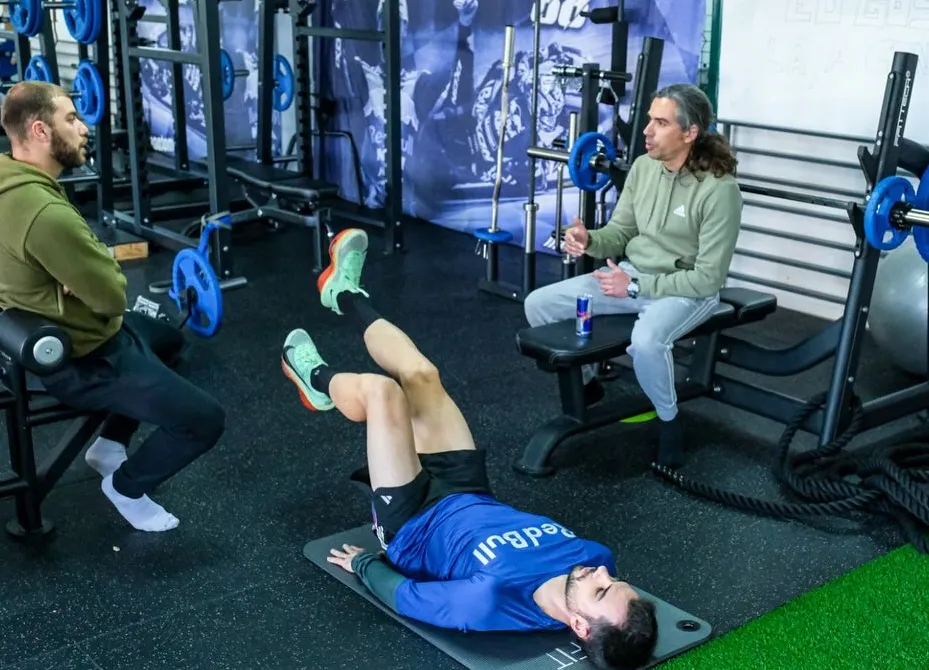
Miguel Oliveira’s gym recovery routine
Oliveira’s gym recovery routine has become central to his comeback story. Working closely with physical therapists and personal trainers, his sessions are meticulously designed to strengthen the injured area without overexerting it. The routine is tailored for rehabilitation but still maintains the intensity expected of a world-class athlete.
The routine begins with mobility work and stretching to prepare the muscles. This includes elastic band exercises, resistance training, and targeted physiotherapy machines. Oliveira’s sessions focus heavily on shoulder mobility, stability, and core strength, crucial elements for any MotoGP rider who needs balance, upper body control, and agility during races.
What sets Oliveira apart is the mental intensity he brings to each workout. Instead of treating the gym as a place to merely “get better,” he sees it as a track of its own—where each rep, each set, and each drop of sweat represents a lap closer to full recovery.
A Warrior’s Mindset: “I Don’t Count the Pain”
When Oliveira speaks about his recovery, he rarely mentions pain. Not because it’s absent, but because it doesn’t define his experience. In interviews, he’s made it clear: “I don’t count the pain, I count the progress.” This philosophy has turned his injury recovery into an inspiring narrative for fans and fellow athletes alike.
Each day in the gym reinforces a simple yet powerful message: progress is not always linear. Some days hurt more than others. Some movements regress. But Oliveira refuses to allow setbacks to set the tone. Instead, he embraces the slow victories—the ability to lift slightly more weight, stretch a little further, or ride a rehab bike for an extra minute.
MotoGP fitness and mental strength
Recovering from injury in MotoGP isn’t just about healing bones or repairing muscle tissue. Riders need to maintain race fitness even when they’re off the bike. That’s where MotoGP fitness and mental strength come into play. Oliveira’s workouts extend beyond physical exercises; he incorporates breathing techniques, visualization practices, and reaction training.
These methods are essential to maintaining the sharpness required to ride at over 300 km/h. During his rehab, Oliveira uses video playback from previous races to study lines, timing, and braking zones. Mentally, he’s always on the bike—even when his body isn’t. This mental discipline is one of the reasons he’s been able to stay focused during a frustrating injury period.
Additionally, mental resilience helps combat the fear of reinjury. Many athletes, particularly in high-risk sports like MotoGP, struggle with returning to full speed after a crash. Oliveira, however, credits his mindset and support system for keeping his confidence intact.
Support From the Team and Fans
Oliveira’s return is not a solo mission. Behind him stands an entire team of medical professionals, fitness trainers, nutritionists, and mechanics, all dedicated to helping him return stronger. Aprilia has been vocal about supporting their rider throughout the recovery period, ensuring he has access to the best resources.
But perhaps the most emotional support comes from Oliveira’s fans. Portuguese MotoGP followers have always held him as a national hero, and his resilience has only increased their admiration. Social media is full of messages like “Força Miguel!” and “Volta mais forte!” (Come back stronger!), which Oliveira often shares and thanks in his updates.
Perseverance in injury recovery
The path to recovery is rarely glamorous, but it’s where champions are built. Miguel Oliveira’s story is a testament to perseverance in injury recovery, showing that grit often matters more than talent when facing adversity. From ice baths to resistance bands, his journey is filled with small, grinding details that add up to something greater.
Recovery also demands humility. Oliveira has spoken openly about needing to accept help, listen to his body, and trust his team. It’s this blend of inner strength and vulnerability that makes his story resonate beyond the world of motorsport.
And let’s not forget—Oliveira is a family man. With a young daughter and strong family ties, his motivation goes beyond the podium. He often credits his family for helping him stay grounded and focused through tough times. They’re the ones he’s fighting for, as much as for himself.
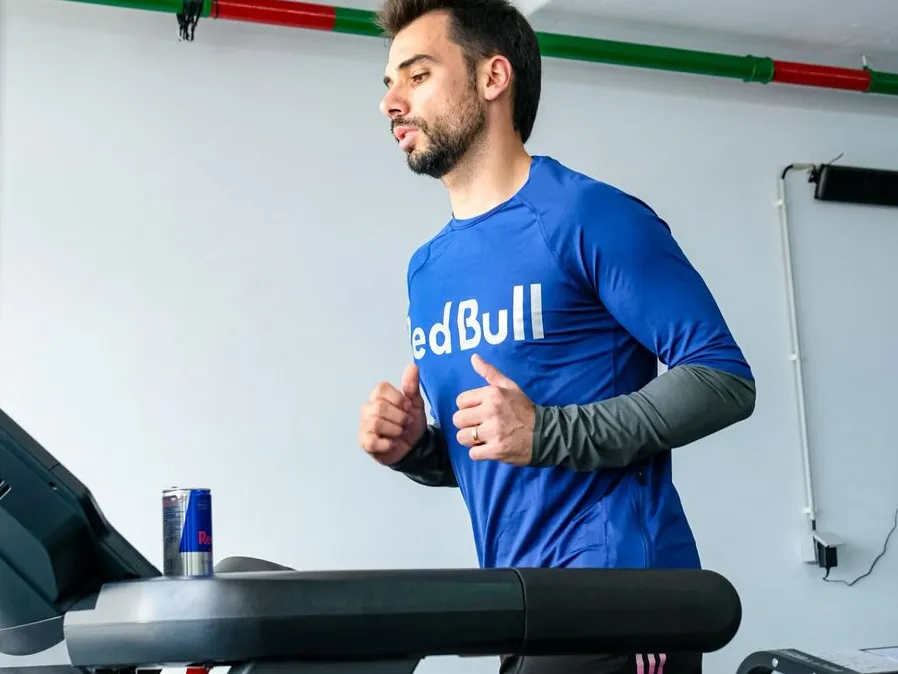
Eyes on the 2025 Season: The Road Ahead
As Oliveira’s recovery progresses, eyes are already turning to his return for the 2025 season. Trackhouse Racing Aprilia is hopeful to see him back on the grid mid-season or sooner, depending on his recovery timeline. Fans are equally eager, wondering how competitive he’ll be once back in action.
It’s likely that Oliveira won’t rush his return. From what we’ve seen, he’s taking a smart, strategic approach to recovery—prioritizing long-term health over short-term thrills. When he does come back, it’ll be with renewed focus and perhaps a stronger sense of self than ever before.
His technical riding style, combined with improved physical conditioning and mental fortitude, could position him as a serious contender. While the MotoGP grid is more competitive than ever, Oliveira has shown time and again that he thrives when underestimated.
A Symbol of Strength in Modern MotoGP
Injuries may be common in racing, but the way each rider responds makes all the difference. Miguel Oliveira’s “every day is a victory” mantra has become a symbol of strength—not only for MotoGP fans but for anyone navigating a long road to recovery.
His story reminds us that even champions have to rebuild, sometimes from scratch. And that strength isn’t just about lifting weights or riding fast—it’s about showing up, every single day, with the belief that progress is possible.
As MotoGP continues to evolve, so too does Miguel Oliveira. Whether it’s through his presence in the gym or the inspiration he brings off the track, one thing’s for certain: his comeback will be worth the wait.
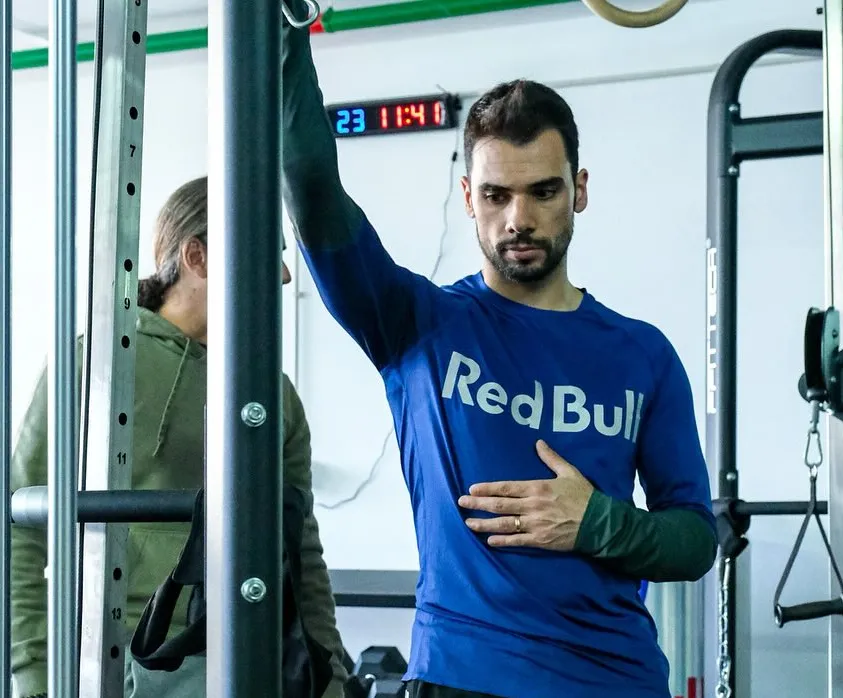
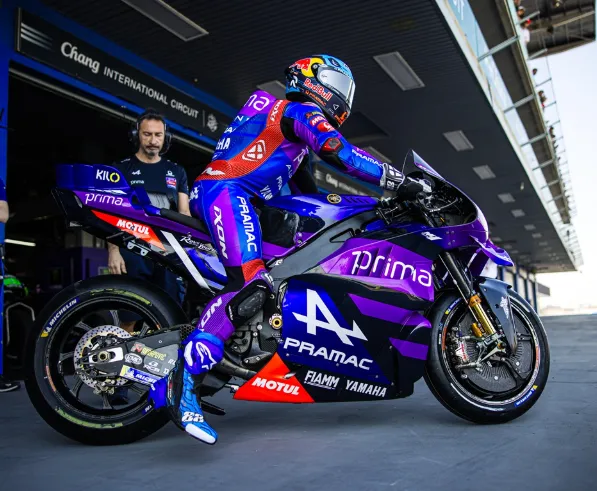
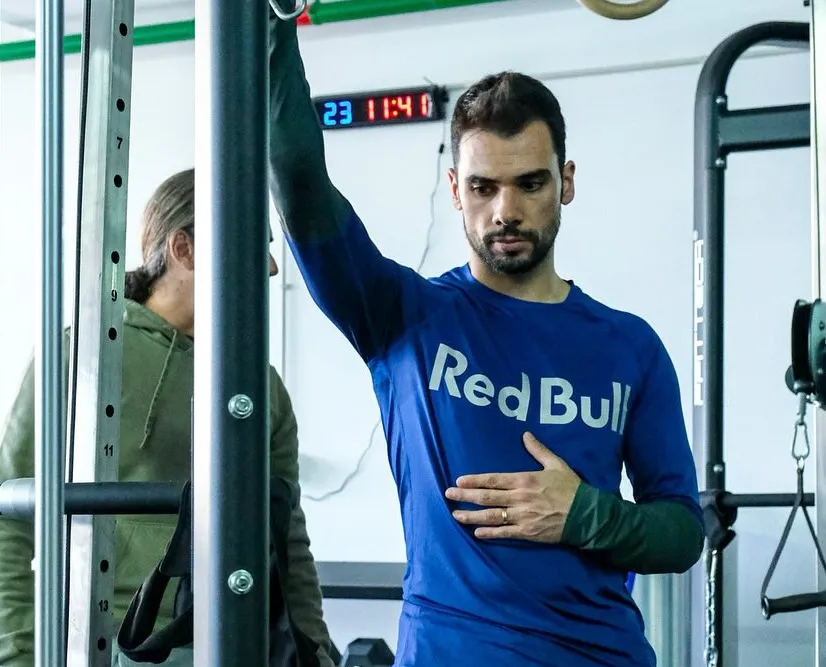
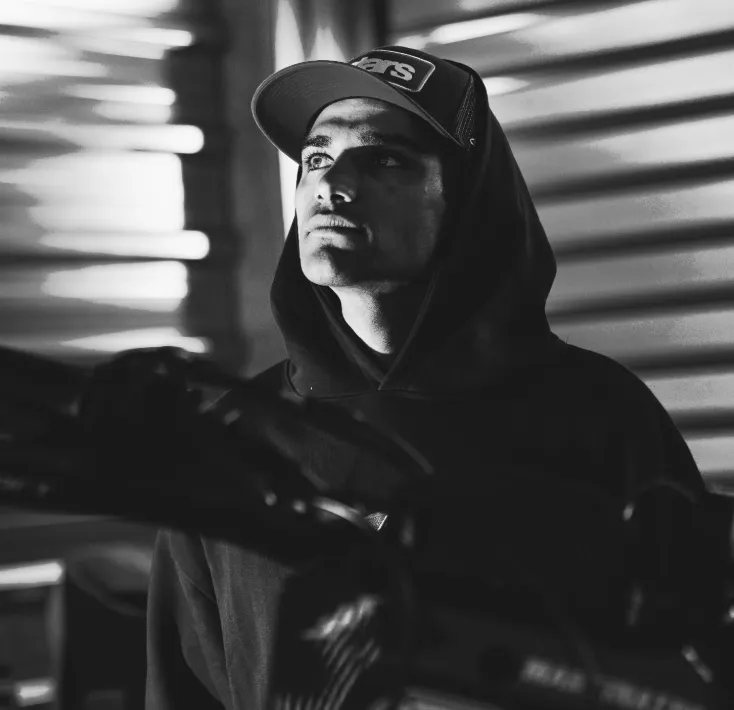
Post Comment